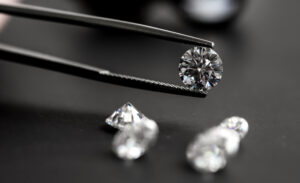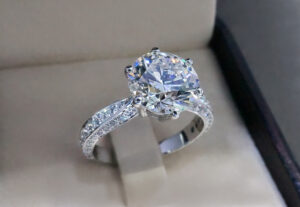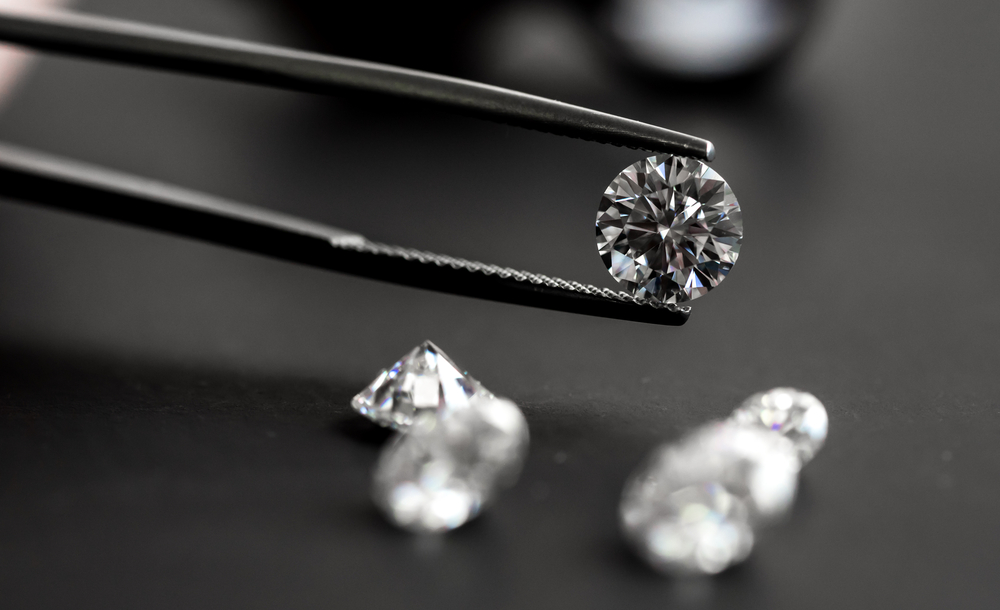
You may know that buying a diamond for your engagement ring is a task that requires a lot of knowledge about diamonds. Considering the difficulty, it is very common to see people consulting with diamond experts for advice on selecting a diamond for their diamond ring.
For selecting a diamond, you have to know about the quality parameters of a diamond and diamond anatomy. In this article, we are discussing some terms related to diamond anatomy.
Facet Of A Diamond
Facets are flat surfaces in a diamond specially cut to enable light to efficiently get reflected back to the observer. Expert diamond cutters can cut facets such that we can see different optical effects and patterns in the diamond.
Crown And Pavilion
The topmost flat surface of a diamond is called its pavilion. Sometimes, it is also referred to as ‘the face of a diamond’.
The lower part of the diamond’s girdle is referred to as the pavilion of a diamond. The pavilion comes down to a point for most of the diamonds.
Diamond Table Size
The horizontal facet of a diamond that is seen at the topmost portion of a diamond is called the table of a diamond. Normally, the table size is not represented as absolute values but as a percentage of the average diameter of the diamond’s girdle. The ideal value for a round diamond lies between 53% and 58%. Similarly, you can easily find the list of ideal percentage ranges of average table size for all diamond shapes.
Total Depth Of A Diamond

The length measurement from the top surface (table) to the bottom point (culet) is called the total depth of a diamond. This value is also represented as a percentage of the average girdle diameter. For each shape, a set of ideal values are there for obtaining the maximum brilliance and the diamonds cut according to these parameters are called ideal cut diamonds. If the measurements vary from the ideal cut measurements, they can be classified as shallow cut diamonds and deep cut diamonds.
Diamond Crown Height
The measurement from the top edge of the girdle to the table of a diamond is called the diamond crown height. If this dimension is not within the feasible range, it allows light to leak out of the diamond and this reduces the brightness and dispersion of a diamond.
